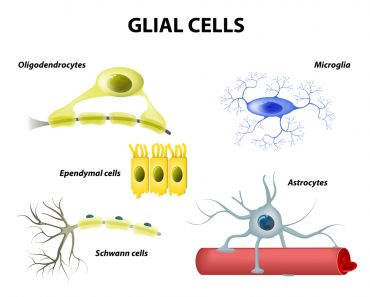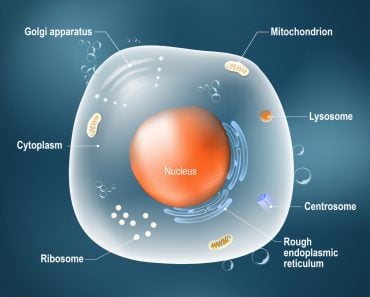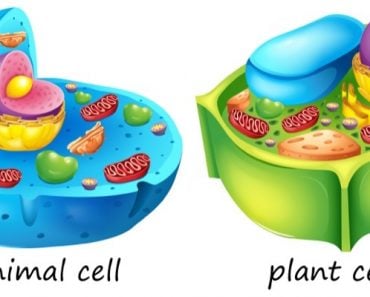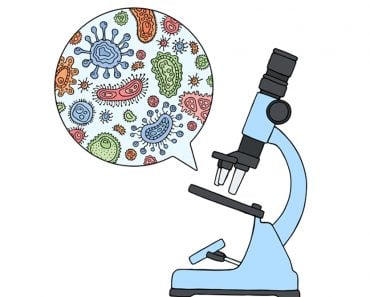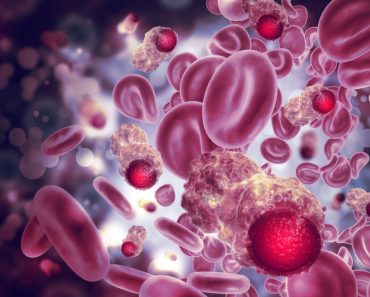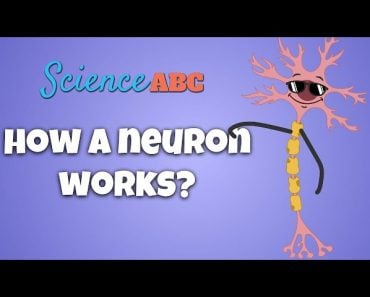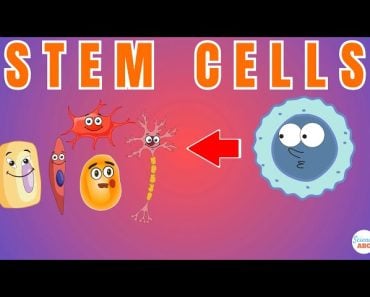Table of Contents (click to expand)
The cells that compose the nervous system are extremely specialized. Due to their unique power and function within the body, the connections and pathways that are established between nervous centers are complicated and valuable.
When you look at humanity, with more than 7 billion humans on the planet, certain things unify us in terms of our basic needs and anatomical structure, but there are many other things that differentiate us, such as language, cultural background, profession, etc.
When you look at the cells that makew up every human being on the planet, there is a similar dichotomy of unity and individuality. There are trillions of cells throughout the body, and hundreds of different types of cell that perform essential and specialized tasks. While cells do share some characteristics, not all cells are created equal. Some of the most uniquely specialized cells in the body are brain cells, more formally known as neurons, and there are about 100 billion of these that make up mankind’s greatest evolutionary achievement.

However, unlike the vast majority of cells in the body, neurons do not undergo mitosis – cell division. If these cells are so important, why don’t they have the ability to replicate?
Before we dig into that answer, we should talk a bit more about neurons, including their unique functions and structure.
Recommended Video for you:
What Is A Neuron?
A neuron is a nerve cell/brain cell that has the ability to receive, manipulate and disseminate information through chemical and electrical signals. This provides neurons with the rather incredible ability to directly and rapidly communicate across long distances to other nerve cells throughout the body. Similar to a computer, which calculates and communicates at lightning-fast speed, your neurons are complex and highly specialized, with intricate connections and pathways for communication that allow your body to function normally.
These nerve cells have three main structural parts – axon, dendrites and soma – the explanation of which will help to shed some light on the function and importance of these cells.
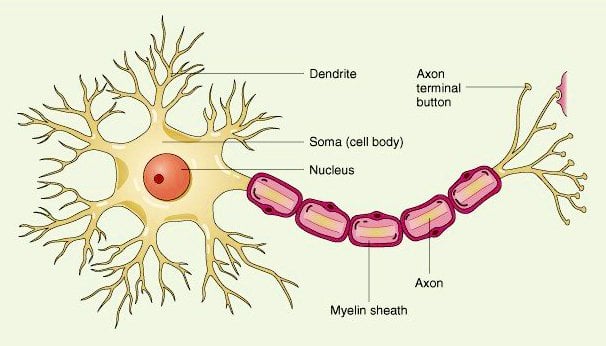
Axon – This long structure within the cell can be likened to an electrical wire in an insulated cord. Electrochemical messages are carried along the length of the cell on an axon, which is often protected by a layer of myelin – composed of fat and protein. This myelin actually helps to increase the speed of electrochemical transmission, but certain nerve cells, such as those in the spinal cord, do not have this myelin sheath.
Soma – This is the primary area of a nerve cell, where the essential organelles are located, including the mitochondria, ribosomes and nucleus, among others. This part of a nerve cell is the most similar to other types of cells in the body.
Dendrites – These are small tendril-like projections on one or both side of a nerve cell, and they are the point of contact and communication between neurons. Dendrites are also referred to as nerve endings.
Why Do Cells Undergo Mitosis?
As mentioned earlier, almost all cells undergo mitosis – the act of replicating a cell’s genetic material, in the nucleus, and then dividing into two fully functional cells with the same specializations and characteristics. Reproductive cells, or gametes undergo a slightly different process called meiosis.
Not all cells divide. Cells whose function is determined, known specialized cell, do no undergo mitosis. For example, cells in the blood like RBCs and WBCs have lost their capacity to perform mitosis. Similarly, your cardiac muscle cells do not divide because they are constantly working; basically, if your heart cells die, they are not replaced.
Normal cells cannot live forever, although some do survive longer than others. Cells replicate and divide only to replace dead or damaged cells. But neurons, and other specialized cells still have their nucleus with the entire DNA intact. Why then, can’t these cells divide?
Why Don’t Neurons Undergo Mitosis?
Cells don’t start out knowing what their function is. They are like babies with an unknown future. These early cells replicating during zygote formation are called embryonic stem cells. They can form any cell in the body and have an almost limitless capacity to divide. But as they replicate more times, the cells begin to pick their function. This process is called differentiation. As cells continue to specialize in a certain set of functions, they lose the capacity to divide.
Neurons are extremely specialized cells. Due to their unique power and function within the body, the connections and pathways that are established between nervous centers are interconnected and valuable. Most of the cellular resources in a neuron are devoted to communicating and carrying electrochemical messages to other neurons.
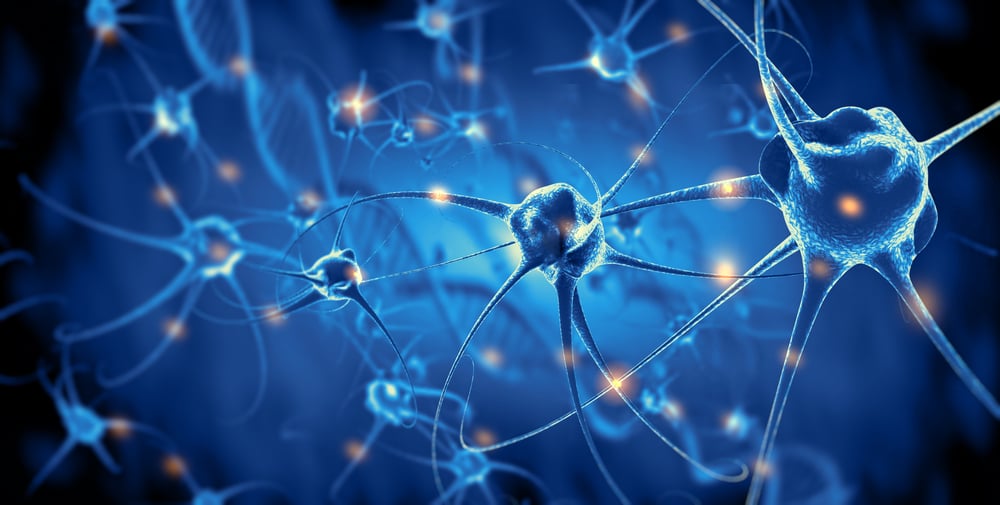
Similar to cardiac muscle cells dedicating all their energy to pumping your blood, neurons don’t have time or resources to copy themselves and reproduce.
Furthermore, since these cells are so highly specialized and the intricate network of communication (between 100 billion different cells) is so complicated, the addition of new nerve cells could disrupt those pathways, affecting the normal function of the body, its muscles, and ability to communicate effectively.
Despite the fact that neurons, like many other specialized cells contain a nucleus, they do not possess centrioles, which are essential for cell division. As neurons develop, they do not produce these key organelles, making replication impossible.
For this reason, protecting your brain and spinal cord is of the utmost importance. Any potential damage or risk to your nervous system should be taken very seriously, as those cells won’t simply replicate overnight.
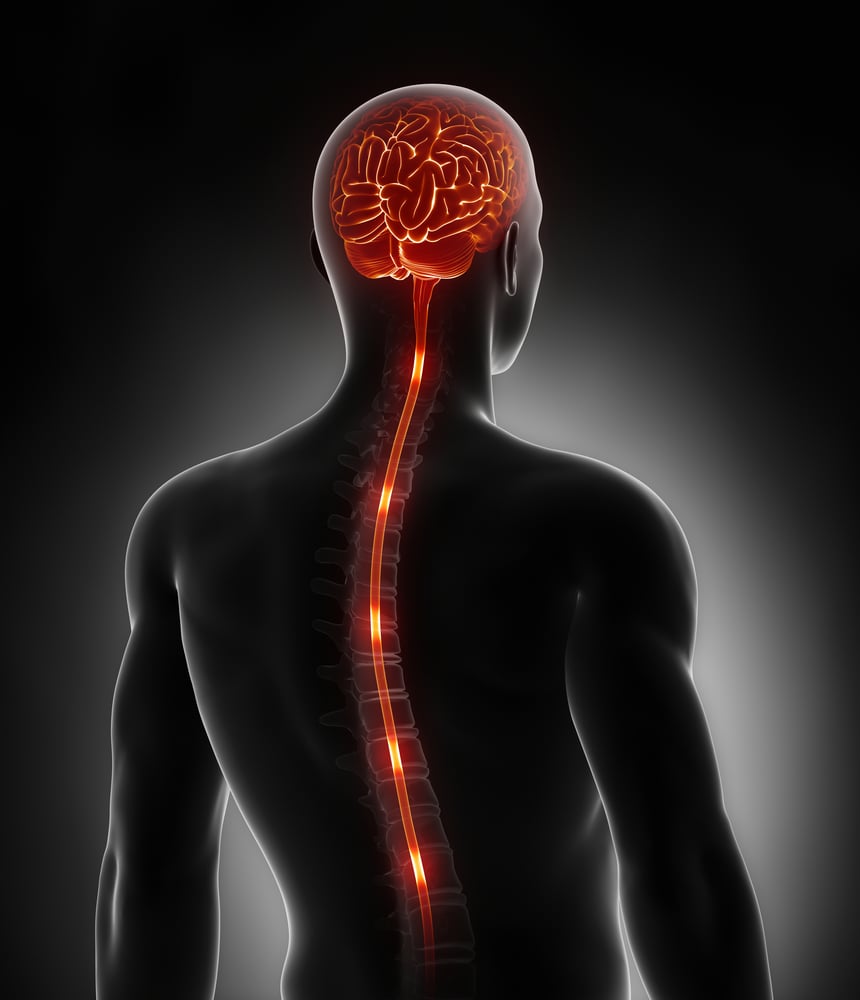
On the level of DNA and proteins, scientists still do not fully understand why some cells retain their ability to divide whereas others lose it. Studying differentiation and specialization in cells is an exciting and new field is biology with many potential medical implication.
That being said, recent research has revealed that there may be some hope for those worrying about the safety of their nerve cells.
Neural Stem Cells
There has long been a consensus in the scientific community that once neurons have died, there is no way to replace them. Other cells of the body, like skin cells and blood cells are replaced when their stem cells divide to give new skin and blood cells respectively. Neurons, it was thought, did not have its special pool of stem cells.
In the 1980s, Fernando Nottebohm at Rockefeller University questioned this notion, and found stem cells in the adult brain of songbirds. These stem cells are called neural stem cells. Since then, we’ve found neural stem cells in rats, mice, monkeys, and even humans.
Neural stem cells aren’t everywhere in the brain. They are only found in two nooks – the anterior sub-ventricular zone (SVZ) in the forebrain, and the subgranular zone in the hippocampus. These stem cells cannot form long distance connection, so major regeneration after a severe injury is not possible.
This is seen as a partial explanation for the occasional recovery in patients with serious brain injuries. This process takes time, and is not a constant part of brain maintenance, so it is still important to avoid any damage to the brain and spinal cord at all costs.
These neural stem cells or NSCs are primarily active while the brain is initially developing as an infant, but many of them cease to function as we age. Some of the cells remain active throughout our lives, differentiating into different types of cells, including astrocytes, oligodendrocytes and neurons.
Neural stem cells are very intriguing for researchers, who are now isolating these cells and trying to determine their mechanism for turning their replication functions on and off. Researchers could potentially apply their findings to healing or treating the brain, especially when it comes to neurodegenerative diseases like Alzheimer’s or dementia, in ways we thought were impossible.
The nervous system is the seat of consciousness and control in the human body; understanding how it works, and what makes nerve cells different from other cells, provides yet another glimpse into the incredible complexity of our existence!


